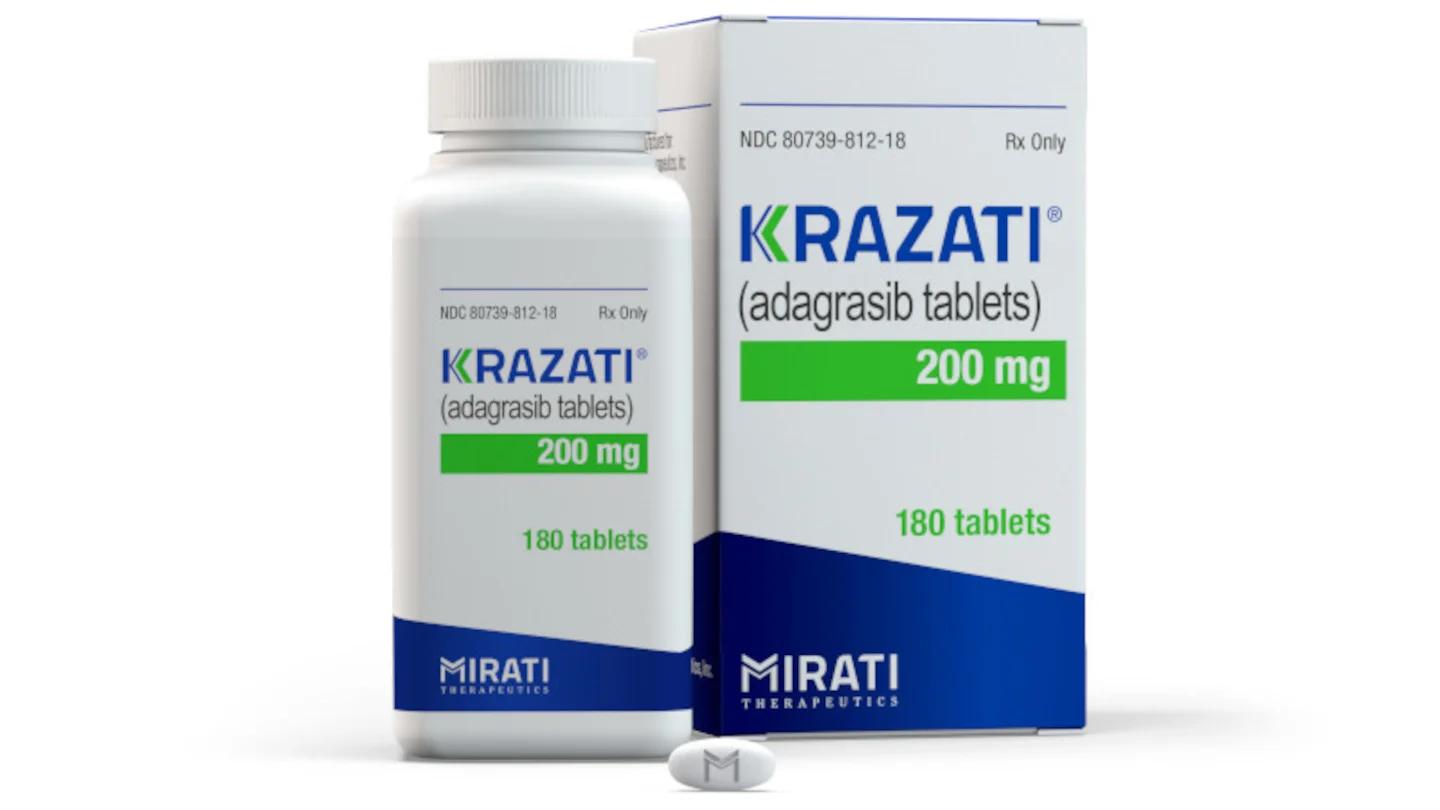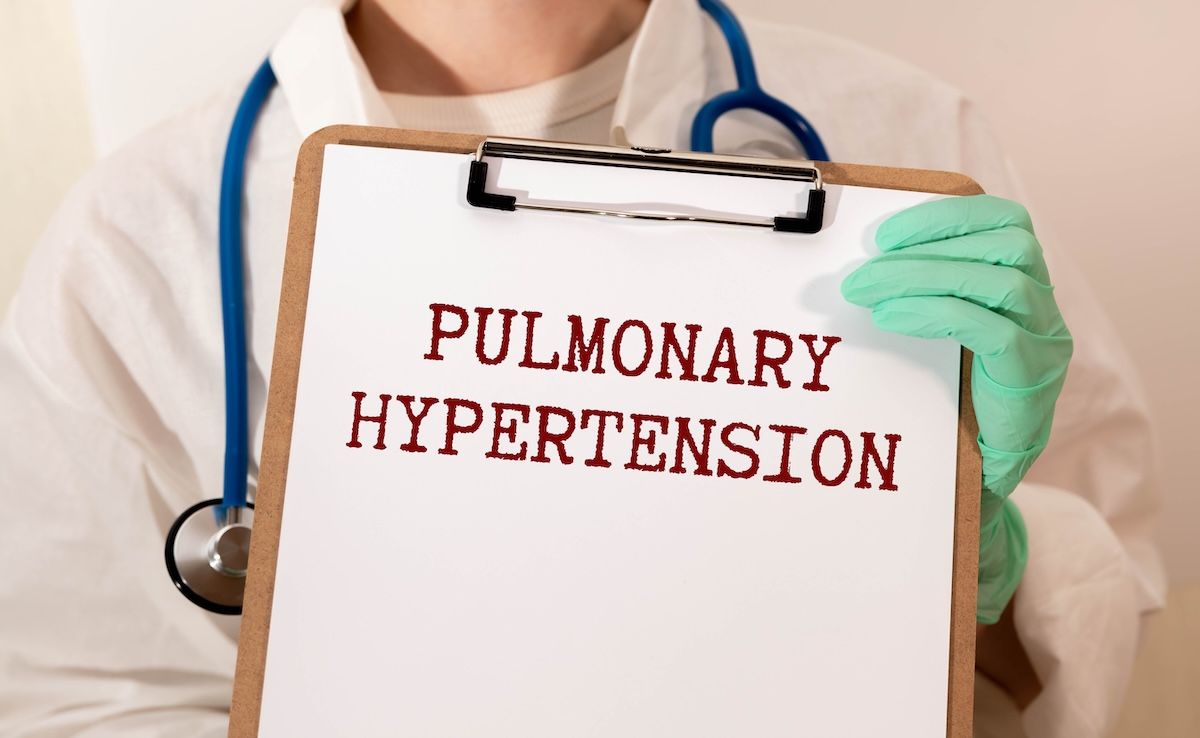Article
Hospital-Based Palliative Care Program Saves Costs and Improves QOL
Author(s):
Two studies presented at the recently concluded 2016 Quality Care Symposium, hosted by the American Society of Clinical Oncology, proved that hospital-based palliative care programs achieve their proposed objectives.
With healthcare costs on a continued upward spiral, palliative care is proving to improve not just patient quality of life (QOL), but is a cost saver for the healthcare system as well. Two studies presented at the recently concluded 2016 Quality Care Symposium, hosted by the American Society of Clinical Oncology, proved that hospital-based palliative care programs achieve their proposed objectives.
Both abstracts were presented by the same group of researchers at the Johns Hopkins Bloomberg School of Public Health. The first study evaluated whether a palliative care unit (PCU) would improve patient and caregiver QOL and also save costs using patient volume between March 2013 and March 2014 at the Johns Hopkins Health System Palliative Care Unit. The study calculated the total costs of the PCU, estimated the Quality-Adjusted Life Years (QALYs) required for the PCU to be cost effective, and determined whether it is feasible for the program to yield the required number of QALYs.
The study included 209 palliative patients who were estimated to cost $2,044,364 from the societal perspective and would be cost effective if they gained 11.36 QALYs. The net cost to the hospital, the study estimated, was $625,777, which would be cost-effective with 3.48 QALYs. The authors combined the patient and caregiver report of improved QOL and found that the combined improvement in QALYs was 4.73. “This suggests that the PCU is cost effective from the hospital perspective in the sense that the benefits it provides to patients’ and caregivers’ quality of life outweighs the cost of care,” the authors conclude.
Another study that the same group of authors presented estimated the cost savings resulting from transferring patients to a PCU during one fiscal year of admissions. The PCU at Johns Hopkins Medical School was initiated in 2012, and had 54% occupancy in its first year. The daily loss of $1672 pre-transfer to the PCU was reduced to $785 post-transfer, the study found. With more than 60% of the transfers from the intensive care unit (ICU), the transfers freed ICU beds. The PCU saved the hospital over $5M, the study claims, with $367,751 in direct costs, $4.3M for palliative care consultation, and $370,000 in professional fees.
“The majority of our patients are discharged to home care or to home hospice care or to subacute institutional care, like a nursing home, and only 25% of patients died in the unit,” explained Serena Isenberg, the first author on both studies, in an interview with Medscape. “So we are seeing patients at a point where we can still intervene and help patients cope with whatever their needs are at the moment. We go from what patients tell us they want, and then we try to provide it with a multidisciplinary team.”
Isenberg co-authored a paper early last year in a special issue of Evidence-Based Oncology explaining the importance of palliative care in oncology.
References
1. Isenberg S, Holtgrave DR, Lu C, et al. Evaluating the cost-effectiveness of the hospital-based palliative care program at The Johns Hopkins Hospital. J Clin Oncol. 2016;34,(suppl 7S; abstr 23).
2. Isenberg S, Lu C, McQuade JP, Smith TJ, Razzak AR. Estimating the cost-savings of a comprehensive hospital-based palliative care program. J Clin Oncol. 2016;34(suppl 7S; abstr 2).




